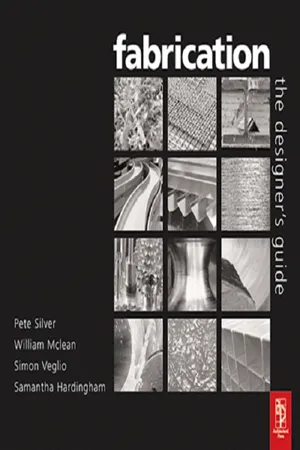
- 192 pages
- English
- ePUB (mobile friendly)
- Available on iOS & Android
Fabrication
About This Book
Packed with stunning images this is an indispensable visual guide illustrating and explaining current fabrication processes and material transformation. Providing a documentary of an eclectic range of fabrication techniques, this is the ideal reference for designers who wish to learn more about the materials and current technologies in material production available to them.Featuring the work of 12 fabricators based in the UK, the case studies displayed range from manufacture of complex wire rope, the processes of metal spinning, large-scale composite casting, to computer controlled sheet steel fabrication. With a full knowledge of how the materials are transformed, this book provides readers with a greater ability to employ material processes for their own designs and to better understand material fabrication. This is a book that provides information on contemporary technology and design inspiration in abundance.
Frequently asked questions
Information
1
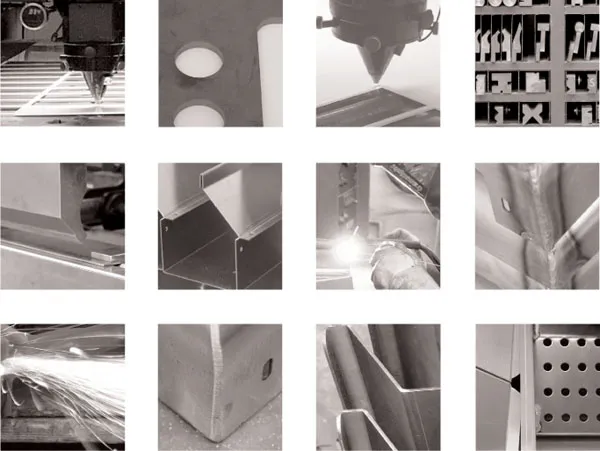
Sheet Metal
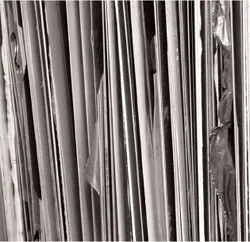








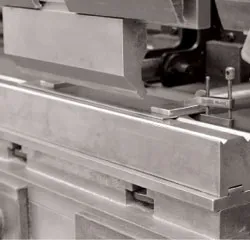

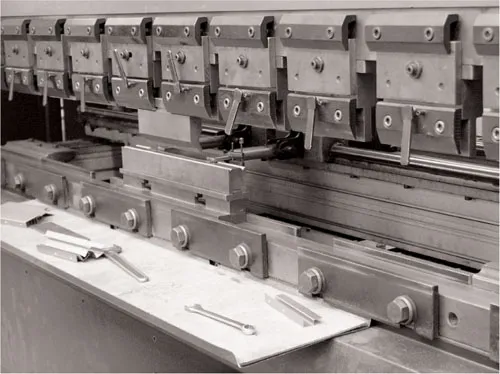
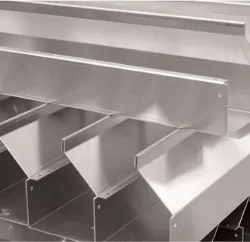
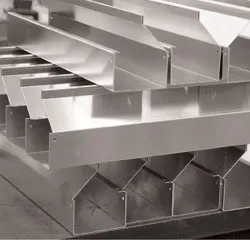
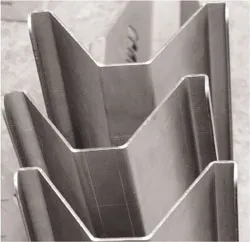
Table of contents
- Front Cover
- Half Title
- Title Page
- Copyright
- Contents
- Author's Note
- Foreword
- Introduction
- 1 Sheet Metal
- 2 Softwood Timber
- 3 Glass-Reinforced Plastic
- 4 Tensile Steel
- 5 Steel Sections
- 6 Limestone
- 7 Terrazzo Concrete
- 8 Membrane Fabric
- 9 Float Glass
- 10 Tensile Yarns
- 11 Cast Metal
- 12 Spun Metal
- Glossary of Processes
- Company Information
- Sources
- Acknowledgments
- Authors
- Index